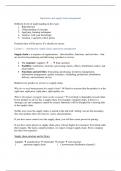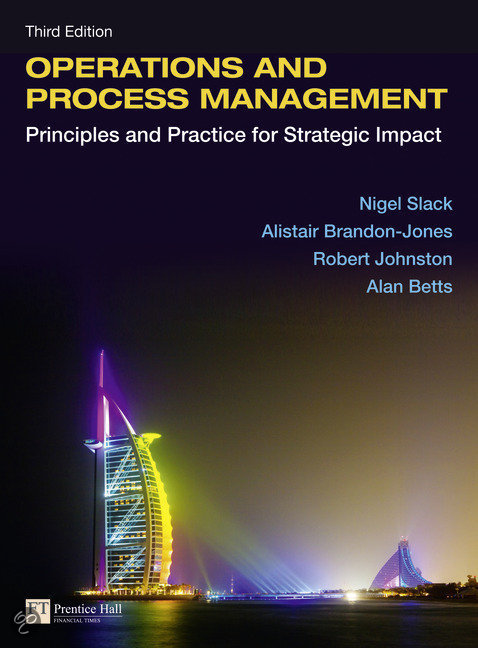Summary
Samenvatting Operations And Supply chain Management
- Course
- Institution
- Book
Comprehensive summary of lessons with detailed examples, practice questions and clear math questions with examples and explanations. Clear definitions and very tangible.
[Show more]




